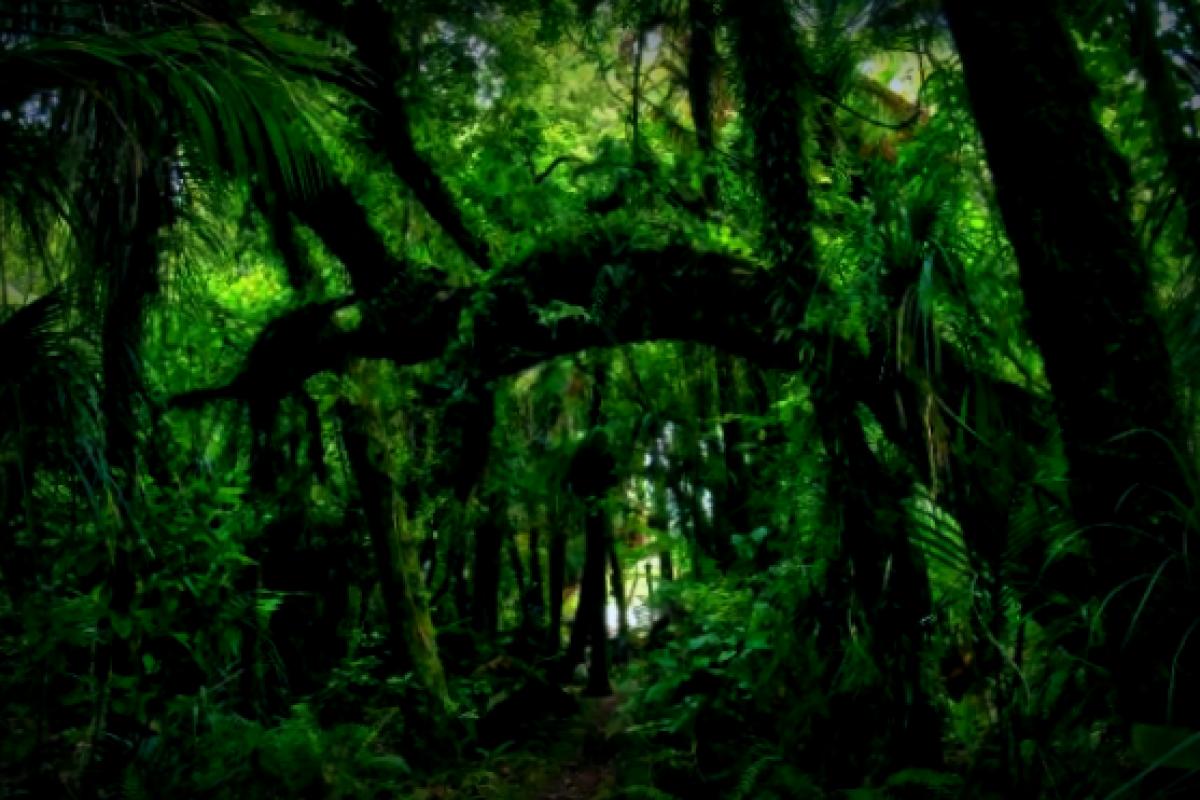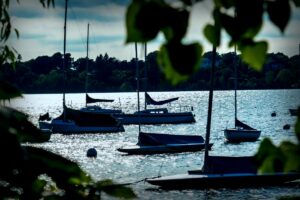Breakthrough Vaccination Program Offers New Hope for Endangered Bird Species
New Zealand is making waves in wildlife conservation with an exciting new development. Scientists in the country have completed successful trials for a vaccination program intended to protect some of the most endangered bird species from the devastating wing of avian influenza. This news was reported by The Guardian.
What does this mean? It’s a beacon of hope not just for our feathered friends but also the ecosystems critical to human survival. This program is a significant step forward in tackling the disease that has decimated bird populations on a global scale.
The Department of Conservation in New Zealand has revealed that small groups of five endangered species have been given a protective vaccine. These include the unique kākāpō—often referred to as “owl parrot”—along with the takahē, black stilt (kākī), shore plover (tūturuatu), and a rare type of parakeet. Remarkably, all these species are hanging on with fewer than 500 individuals left in the wild. What’s more, four species showed a remarkable immune response that lasted over six months after receiving two doses of the vaccine.
The urgency of this situation is hard to overstate. Millions of birds around the world have already fallen victim to the H5N1 strain of avian influenza, and experts warn that even a small outbreak could severely threaten entire species across Oceania. Safeguarding these birds is not just about conserving wildlife; it’s about protecting the delicate ecosystems which play a vital role in human food systems—from pollination to maintaining healthy fish stocks.
This vaccination effort is no haphazard approach either. Experts outline that this carefully structured program acts as a lifesaving measure for breeding populations that exist in controlled environments like aviaries or on remote islands. If proven successful, it could set a precedent for other nations striving to protect endangered species from diseases. Similar vaccination initiatives have already cropped up for species like California condors in the USA and koalas in Australia, demonstrating the invaluable role of science in reconciling wildlife preservation with human health.
As for the responses from those working in the field? There’s a strong sense of optimism. Kate McInnes, the wildlife vet spearheading the project, stressed the pressing nature of the situation: “If we start too late, we might have missed the crucial moment.” It’s clear that this forward-thinking conservation initiative could pave the way for a safer and more resilient future—for both our planet and ourselves.

Join our free newsletter for good news and useful tips, and don’t miss this cool list of easy ways to help yourself while helping the planet.
This article about a vital breakthrough in combating deadly diseases among animals was first seen on The Cool Down.





















